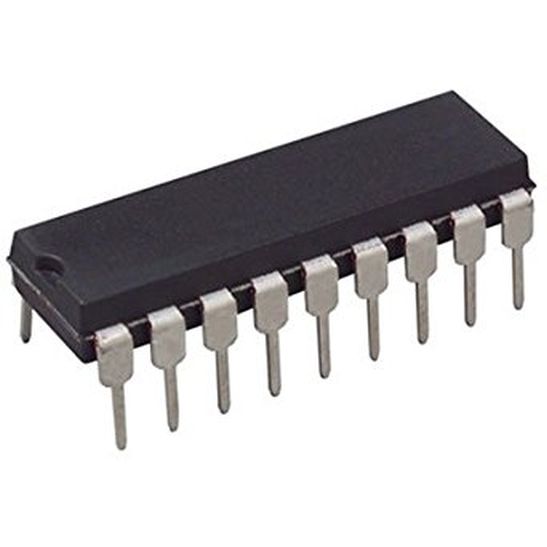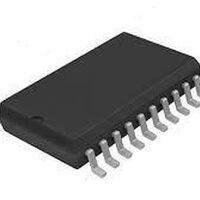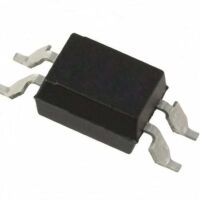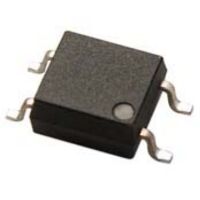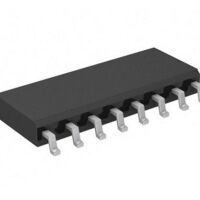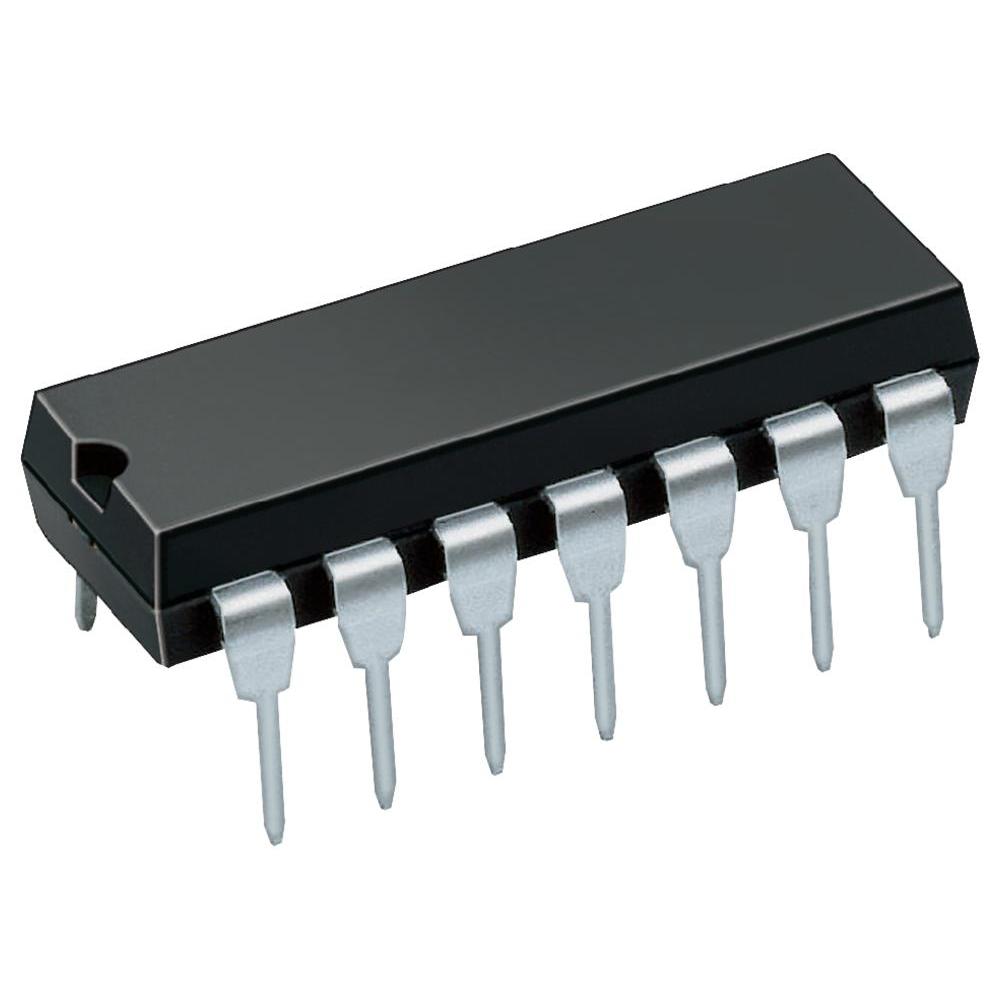
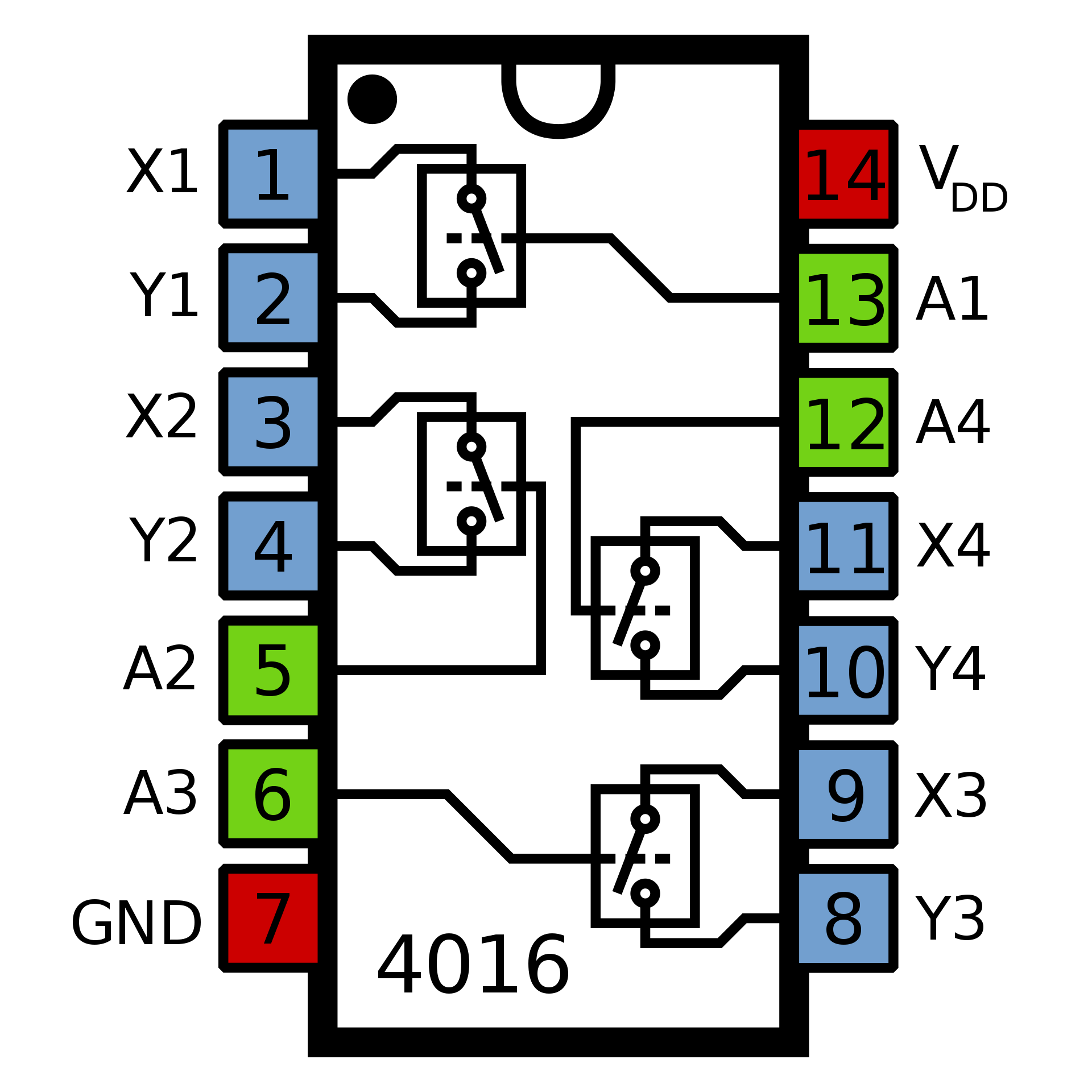
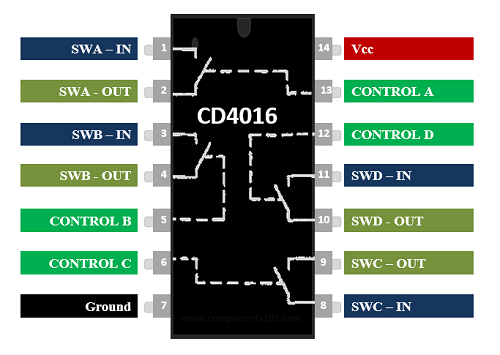


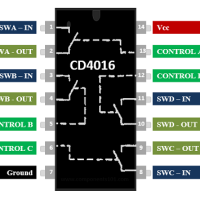
Bilateral Switch 4-kanaals CD4016 DIP-14
€ 0,39 incl. BTW
- Beschrijving
- Aanvullende informatie
- Downloads
- Q & A
Beschrijving
The CD4016 is a Quad Bilateral Switch IC, that is it has four switches which can be controlled individual using a control pin. These switches can conduct in both the directions making it bilateral, it is commonly used for multiplexing analog or digital signals.
Features:
Quad Bilateral Switch for Multiplexing
Operating Voltage: 3V to 18V
Switching Voltage: 20V (maximum)
On-state Resistance: 200Ω (at 15V Vcc and 10kΩ Load)
Output current High: -0.4mA
Low Level Control pin Voltage: 0.9V (max)
High Level Control pin Voltage: 11V (min @ 15V Vcc)
Available in 14-pin PDIP, GDIP, PDSO packages
CD4016 vs. CD4066
The differences between these ICs has not really been explained well for DIYers. Lets see if we can do something about that.
The 4016 and 4066 are both bilateral switches. By bilateral we mean that signals can go in both directions through the switch. Both have four SPST switches. Both share the same pinouts therefore they can be used to replace each other. The difference is that the 4016 has a higher internal resistance across the switch. This means a loss of signal fidelity. The 4016 is really meant for other types of switching and is not optimized for audio switching. The 4066 is much better for audio switching.,the CD4066 has very low internal resistance, according to the datasheet it can only 5Ω of on-state resistance as compared with 200Ω of CD4016 IC. Hence the CD4066 is used in places where weak signals are involved like audio signals or in places where higher switching efficiency is needed.
No matter which IC you choose to use you should use it at full supply voltage. The internal resistance of the switches increases when you use lower voltages. Audio problems can occur if you use them at the typical digital voltages of 3-5 volts. Since most effects use a 9v supply so use the full 9v. I have used them at as high as 15v with no problems.
Aanvullende informatie
| Gewicht | 2 g |
|---|---|
| Afmetingen | 1 × 2 × 1 mm |



